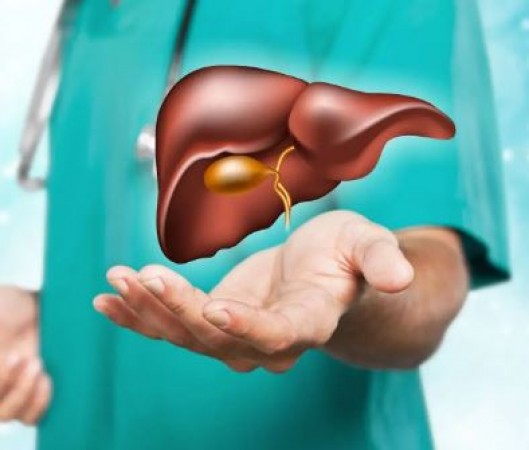
Fatty liver disease has emerged as a significant health concern globally, affecting millions of individuals. Understanding the risk factors and early signs is crucial for timely intervention and prevention.
Fatty liver disease, also known as hepatic steatosis, is characterized by the accumulation of fat in the liver cells. This condition can range from benign fatty liver to more severe forms like non-alcoholic steatohepatitis (NASH) and cirrhosis, potentially leading to liver failure.
Obesity stands as one of the primary risk factors for fatty liver disease. Excess body weight, especially visceral fat around the abdomen, increases the likelihood of fat deposition in the liver.
Consumption of a diet high in refined sugars, saturated fats, and processed foods contributes significantly to fatty liver development. Excessive intake of sugary beverages and fast food can escalate the risk.
A lack of physical activity not only promotes obesity but also hampers the body's ability to metabolize fats efficiently. Sedentary behavior exacerbates the risk of fatty liver disease.
Insulin resistance, often associated with type 2 diabetes, plays a crucial role in the pathogenesis of fatty liver disease. Impaired insulin function leads to increased fat accumulation in the liver.
Genetic predisposition can influence an individual's susceptibility to fatty liver disease. Those with a family history of the condition may have a higher likelihood of developing it themselves.
While non-alcoholic fatty liver disease (NAFLD) is more common, excessive alcohol consumption can also lead to alcoholic fatty liver disease (AFLD), posing a significant risk to liver health.
Persistent fatigue and weakness, especially without any apparent cause, could indicate liver dysfunction, including fatty liver disease.
Discomfort or pain in the upper right abdomen, where the liver is located, may signal inflammation or enlargement of the liver due to fatty deposits.
Routine blood tests may reveal elevated levels of liver enzymes such as alanine transaminase (ALT) and aspartate transaminase (AST), indicating liver inflammation or damage.
Unintentional weight loss or sudden weight gain, particularly around the abdomen, can be associated with fatty liver disease and should prompt further investigation.
Individuals with insulin resistance or metabolic syndrome, characterized by a combination of obesity, high blood pressure, abnormal cholesterol levels, and impaired glucose metabolism, are at heightened risk of fatty liver disease.
Ultrasound, computed tomography (CT), or magnetic resonance imaging (MRI) scans can visualize fat accumulation in the liver, aiding in the diagnosis of fatty liver disease.
Identifying individuals at risk of fatty liver disease and recognizing early signs are pivotal steps in preventing its progression to more severe conditions. Adopting a healthy lifestyle, including regular exercise and a balanced diet, is paramount in reducing the risk of fatty liver disease and promoting overall liver health.
Look different from the crowd on Holi, try celebrity inspired looks
How to Make Alia Bhatt's Favorite Salad for Radiant Health, Weight Management, and More!
Shilpa Shetty Slays in Mugler Masterpiece! Black Gown Takes the Internet by Storm